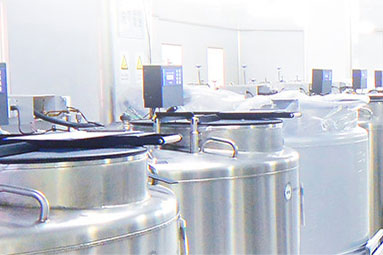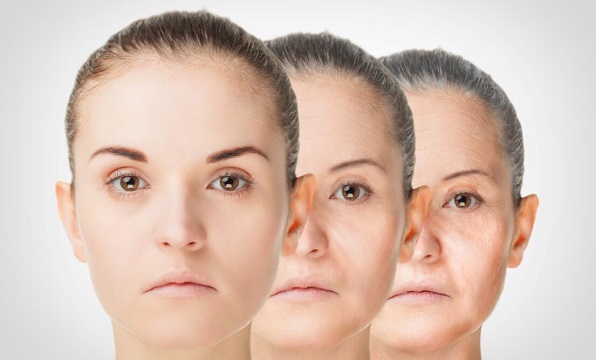- Email:[email protected]
- Tel: (852)51044851
-
Stem Cells For Restoring Eyesight – New Delivery Method
Editor’s Choice Academic Journal Main Category: Stem Cell Research Also Included In: Eye Health / Blindness Article Date: 13 Dec 2012 – 1:00 PST A new technique for transporting stem cell therapy to the eye has been developed by a group of engineers at the University of Sheffield, England. They hope this discovery can aid in repairing eyes that have been damaged by disease or accident in a natural way. In a new study, published in the journal Acta Biomaterialia, a team of experts detail their technique for creating membranes to help in the grafting of stem cells onto the eye, a way to imitate attributes of the eye. This technology has been developed to treat injuries to the cornea, the see-through layer on the front of the eye, one of the biggest causes of blindness around the world. The research team used methods known as microstereolithography and electrospinning to create a disc of biodegradable material which can be placed over the cornea. The disc is then filled with stem cells which multiply, permitting the eye to be fixed naturally. EPSRC Fellow, Dr Ílida Ortega Asencio, from Sheffield’s Faculty of Engineering, says: “The disc has an outer ring containing pockets into which stem cells taken from the patient’s healthy eye can be placed. The material across the centre of the disc is thinner than the ring, so it will biodegrade more quickly allowing the stem cells to proliferate across the surface of the eye to repair the cornea.” An important quality of the disc is that it has pockets to store and protect the stem cells, simulating niches found around the rim of an undamaged cornea. Regular treatments for corneal blindness are corneal transplants, also known as grafting stem cells, onto the eye with the human amniotic membrane from a donor, used as a short-term delivery method for these cells to reach the eye. Occasionally, this treatment can stop working after several years – the fixed eyes do not retain these stem cells, which should be repairing the cornea continuously. If this continuous repair does not take place, thick white scar tissue can develop across the cornea, resulting in partial or total vision loss. The investigators have created the small pockets that are formed in the membrane to aid cells to combine and act as a beneficial storage supply of daughter cells, so that a healthy group of stem cells…
[Read More] -
Treatment of Lupus
Gu Z, Jiang J, Tan W, Xia Y, Cao H, Meng Y, Da Z, Liu H, Cheng C. Author information Abstract Our and other groups have found that bone marrow-derived mesenchymal stem cells (BM-MSCs) from systemic lupus erythematosus (SLE) patients exhibited senescent behavior and are involved in the pathogenesis of SLE. Numerous studies have shown that activation of the p53/p21 pat hway inhibits the proliferation of BM-MSCs. The aim of this study was to determine whether p53/p21 pathway is involved in regulating the aging of BM-MSCs from SLE patients and the underlying mechanisms. We further confirmed that BM-MSCs from SLE patients showed characteristics of senescence. The expressions of p53 and p21 were significantly increased, whereas levels of Cyclin E, cyclin-dependent kinase-2, and phosphorylation of retinoblastoma protein were decreased in the BM-MSCs from SLE patients and knockdown of p21 expression reversed the senescent features of BM-MSCs from SLE patients. Our results demonstrated that p53/p21 pathway played a n important role in the senescence process of BM-MSCs from SLE.
[Read More]
Category
Recent Updates
- Directed Conversion of Alzheimer’s Disease Patient Skin Fibroblasts into Functional Neurons
- Generation of human vascular smooth muscle subtypes provides insight into embryological origin–dependent disease susceptibility
- Stem cells responsible for ‘thinking’ brain cells identified
- Stem cell therapy combined with liposuction may help burns victims
- Kidney transplants better with stem cells
- Houston Plastic Surgeon Dr. Henry Mentz to Present Stem Cell Expertise at International Conference






SUBSCRIBE TO OUR NEWSLETTER